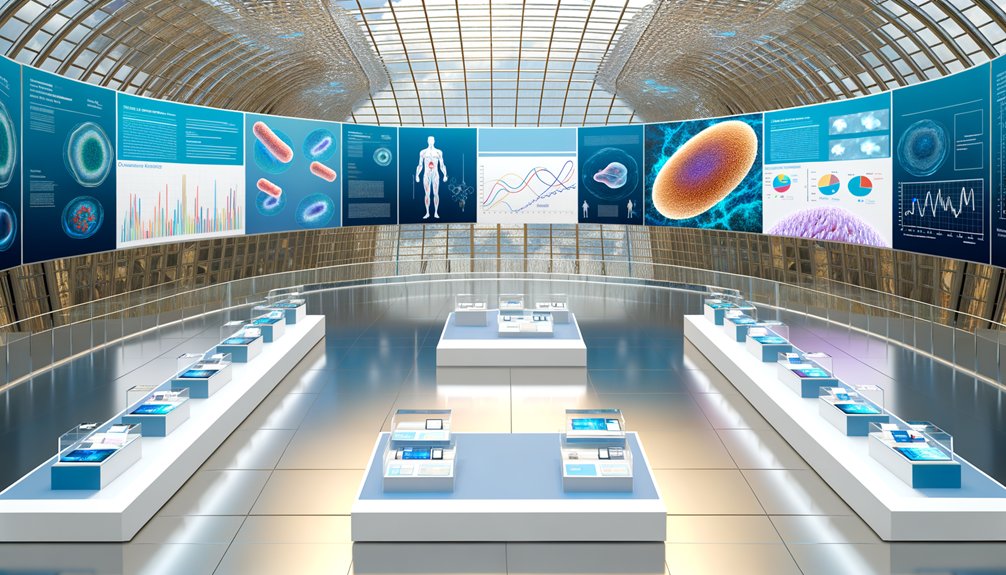The ADA Diabetes Conference 2025 brought together hope and innovation in the fight against diabetes. Experts shared exciting breakthroughs, especially for Type 1 Diabetes, focusing on better treatments and potential cures. Attendees felt a shared determination to improve lives through advancements in beta cell therapy and technology. Personal stories of struggle and triumph filled the air, highlighting the importance of community. With such enthusiasm igniting new paths, there’s still much more to discover about these transformative developments.

At the ADA Diabetes Conference 2025, the air buzzed with excitement and hope as scientists, clinicians, and advocates gathered to share remarkable breakthroughs in diabetes research. One could almost feel the palpable energy in the room, a mix of curiosity and determination. Researchers presented their innovative work on Type 1 Diabetes (T1D), showcasing progress that could change lives. They shared stories of perseverance, emphasizing the importance of accelerating breakthroughs for better quality of life and ultimately finding cures for T1D.
Among the many highlights were advancements in beta cell therapy, which focuses on regenerating the insulin-producing cells that are often damaged in T1D. Attendees listened intently as experts discussed the critical paths toward improving T1D outcomes and how these treatments could lead to revolutionary changes in patient care. The introduction of precision medicine models promises to better predict drug effectiveness based on individual patient characteristics, marking a significant shift toward personalized treatment approaches. It was clear that everyone present was working toward a common goal: making life better for those living with diabetes.
Clinical research and translational science also took center stage, as new clinical trial outcomes and therapeutic strategies were presented. With each update, hope blossomed, especially with the focus on GLP-1-based medications and their surprising benefits for both cardiovascular health and diabetes management. The intertwined nature of obesity and diabetes was another hot topic, with researchers emphasizing integrated care approaches that address both conditions simultaneously. Notably, GLP-1 RAs show benefits in reducing stroke, mortality, and kidney disease, underscoring the significant impact these treatments may have on patient outcomes.
On the tech front, innovations in diabetes technology shone brightly. Presentations on predictive modeling and machine learning showed how these advancements could optimize patient outcomes. The excitement was infectious, especially as startups pitched their ideas in the Innovation Challenge, aiming to enhance the lives of those with diabetes. Notably, Breakthrough T1D has funded research at this annual event since the 1970s, reflecting a long-standing commitment to advancing the field.
With every shared experience and new discovery, the conference was a reminder that, together, the community was taking strides toward a brighter future—a future where diabetes could be managed more effectively and perhaps one day, even cured. The hope and determination in the room were nothing short of inspiring.
